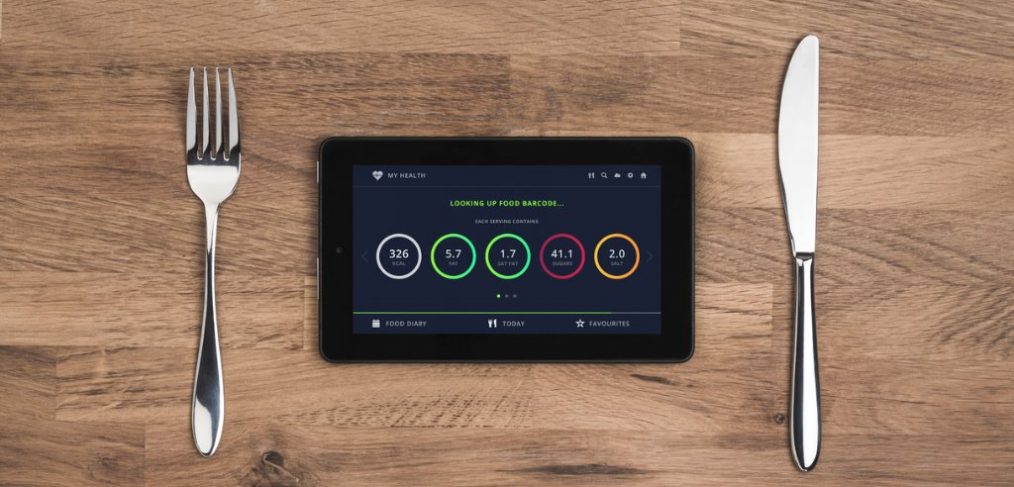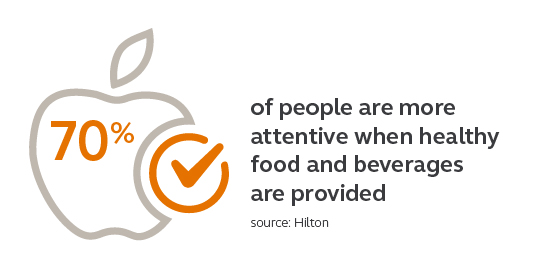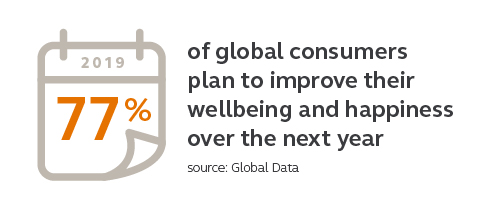
DATÜM: Optimized Wellness
What if smart buildings could sync with human beings to make us healthier, happier and smarter? From portable sensors and responsive wearable technology that track health and predict illness, to home systems that simplify everyday life and improve our wellbeing, wellness technologies are now capable of seamlessly transitioning us throughout our day as we move from home to work. As these technologies become less costly and our data is more secure, they will democratize wellness for everyone in every space.
PERFORMATIVE WELLNESS
At the heart of this digital wellness transformation is a consumer desire for more and better data to make more informed decisions about their health and wellbeing. Until now, wearable technology provided information to the consumer, but the ways in which this data is used to inform additional systems have been limited.
Wearables are going through a complete transformation; early technology offered basic feedback about fitness while newer products provide a more holistic view of health and wellness. Smart, personalized technologies can constantly optimize a person’s performance throughout the day and can be integrated within building systems to work towards maximum efficiency. Affordable and accessible technology allows consumers to have more control over their own wellness in real-time. Here’s some data to show consumers strong focus on wellness and their expectations for the built environment:
- 19% of people have already used AI-powered healthcare services such as home-based diagnostics, virtual health assistants and virtual nurses that monitor health conditions, medications and vital signs at home [source: Accenture, 2018]
- 80% of millennials spend 25% of their disposable income on health products/services, and 62% believe all brands will need a wellness component to survive in the future [source: Deep Focus, 2015]
- In the UK, 46% of people aged 13 to 18 have changed their health-related behaviors because of something seen on social media [source: T&F, 2017]
- In the US, Google searches for the term “self-care Sunday” increased by 850% from 2017 to 2018 [source: Google, 2018]


SMART SYSTEMS
Despite spending most of our week working, currently, only 9.8% of world employees are covered by a workplace wellness program. We know there is a performance gap in the workplace – employees want wellness initiatives built into their employee experience, especially when they’re working in spaces that can leave them feeling stiff, stressed and sick. Our home environment also works against us with the constant distractions and connectedness to our always-on world. The good news: tech companies are creating innovative solutions to mitigate these problems and offer a more customized environment. Here are some examples of how companies are utilizing technology to offer a variety, personalization and scalability of wellness-based solutions:
Habitat Management
In an effort to improve operational effectiveness and efficiency, Edge Technologies designed a smart building in Amsterdam that is responsive and automated. Sensors are installed to bridge sustainable goals and wellness of the end users by allowing them to control their climate, and sensors intuitively measure and optimize the workspace, measuring noise levels, light and air quality. By monitoring workers’ data, buildings will know what workers must do on a particular day; they could automatically assign a worker who needs to read a contract a private place to work or sanitize an employee’s desk that is out on sick leave. In the near future, our buildings will work for us and anticipate our needs to create a more seamless work experience.
Real-Time Health Monitoring
The new Apple Watch includes an electrocardiography (ECG) sensor which can detect disordered heart rhythms and indicate vulnerability to heart attacks and strokes. All data recorded by the ECG is stored in the Apple Health app, a feature that will appeal to the 90% of health tech users happy to share device data with their doctor (Accenture, 2018). The Apple Watch Series 4 also uses an algorithm to analyze movement and impact, allowing it to detect when its wearer has fallen down. If the wearer does not dismiss the watch’s notifications and stays inactive for over a minute, the device automatically notifies emergency services. If this information was synced with smart building systems, emergency services could be immediately notified of an event and quickly locate a person within the building. As this technology becomes more reliable and efficient, buildings will be able to monitor the health of their occupants and be notified immediately in the event of a health emergency requiring immediate medical attention.
INVENTING A NEW WELLNESS STANDARD
Here are some predictions on where this wellness optimization trend is headed:
Customized Nutrition
- According to a study by Hilton, 70% of people are able to pay more attention when healthy food and beverages are offered. In the near future, we can expect wearable technology tracking guest’s daily vitamin levels, dietary and allergy restrictions and overall wellbeing to create customized nutritional recommendations so that event and meeting organizers are better equipped when ordering food for guests. The WELL building standard reports that 80% of adults in the United States go through their day at least mildly dehydrated. So, if your wearable detects that you are in need of hydration, a drone or robot will deliver a glass of water to your desk. This level of hyper-personalization will enhance mental acuity so that individuals are more productive, and their energy levels are more balanced throughout the day.
Collaboration Nation
- Smart building technology will optimize productivity. We know now that with better access to wireless internet and cloud systems, solo work functions can be done anywhere. However, spaces to collaborate will not go away in the future. According to the Harvard Business Review, the skills that won’t be automated include communication; content; context; teaching, which provides an ethical compass and emotional competence. Our smart buildings will remain a haven for strategic group sessions, and the environment will support these so that the occupants can perform at their highest intellectual capacity, which means that meeting room technology must ensure that we are reaching our maximum productivity levels.

And… Millennials’ rent rent burden is 45%, versus 41% for Gen Xers and 36% for Baby Boomers (https://www.marketwatch.com/story/millennials-spend-a-staggering-amount-on-rent-by-the-time-theyre-30-2018-03-26). When combined with another 25% of their income spent on health products and services, it’s a wonder that there’s budget left for all the rest of life’s essentials and choices.